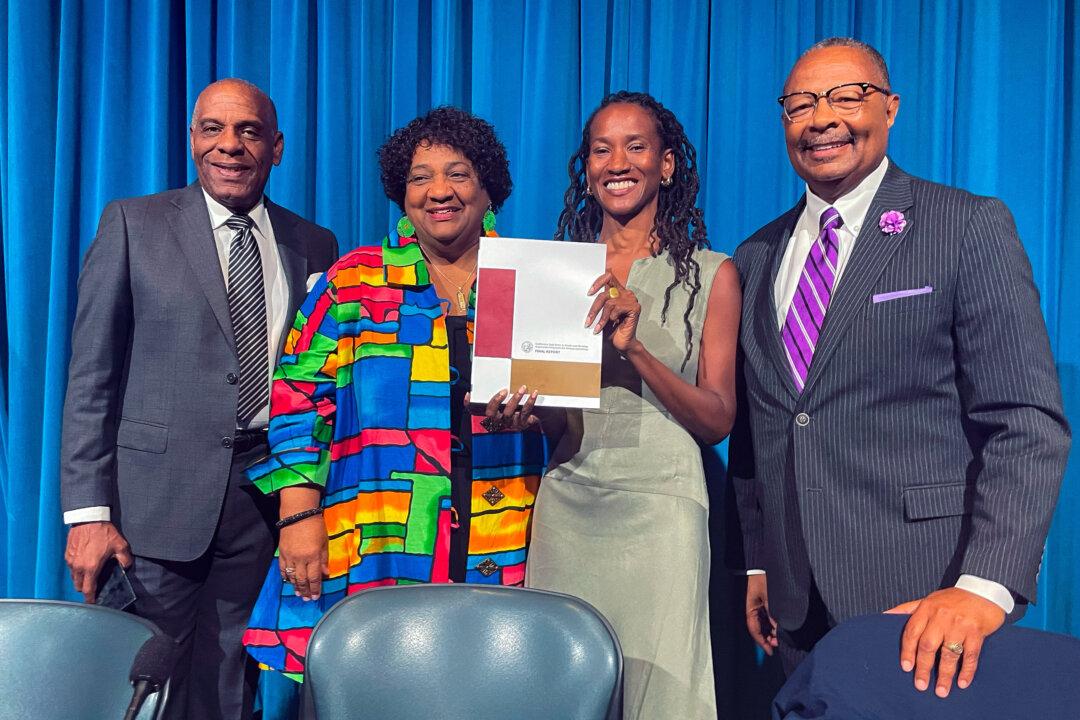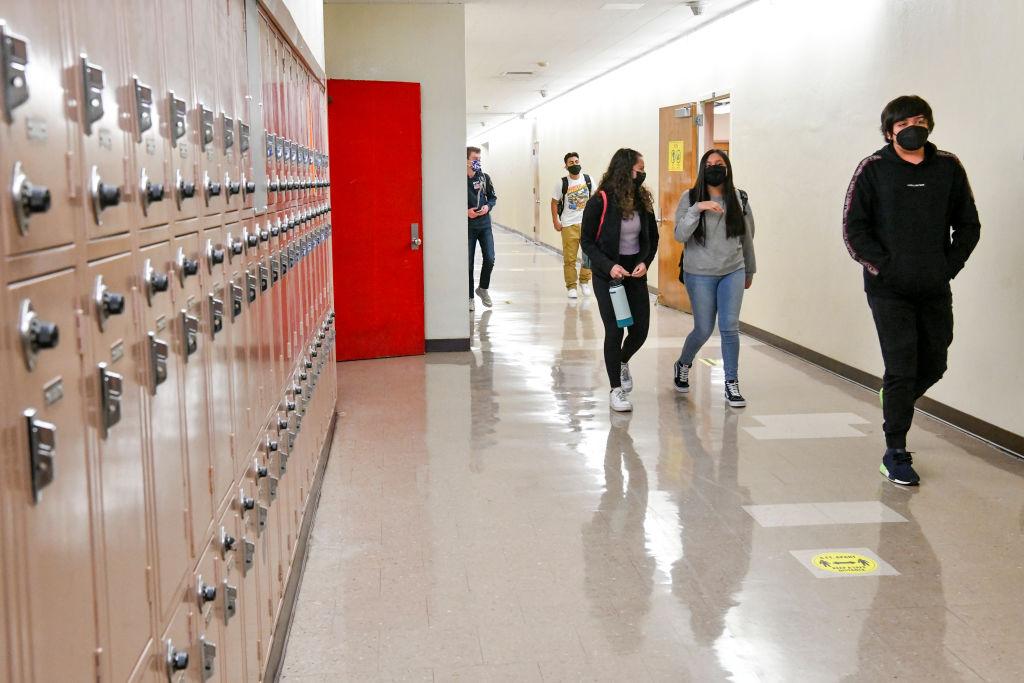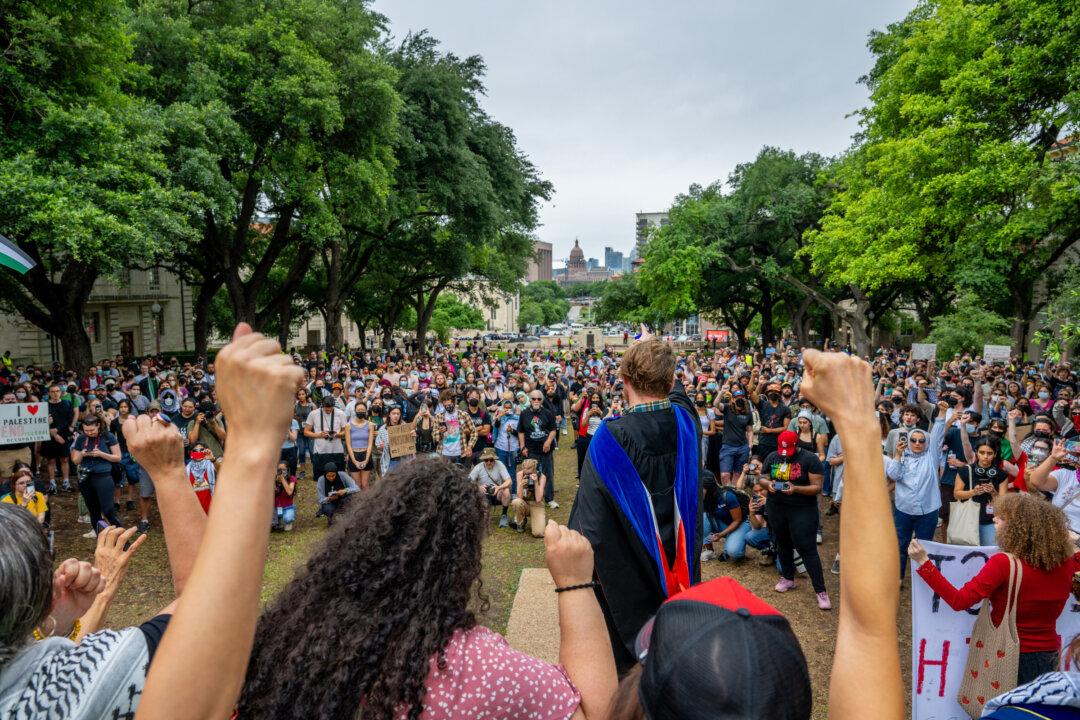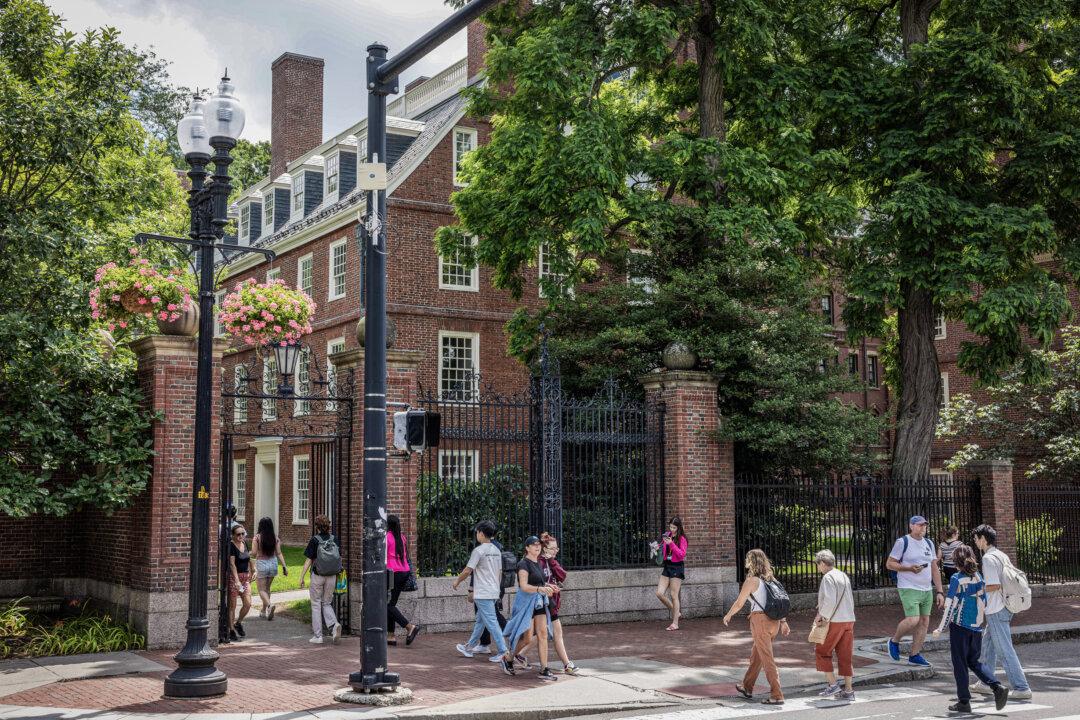Commentary
In late July, Harvard University and the University of North Carolina (UNC) submitted their response briefs to the U.S. Supreme Court (SCOTUS) in two lawsuits against the institutions’ admissions processes. The cases, filed by Students for Fair Admissions (SFFA), are to be heard on Oct. 31.





